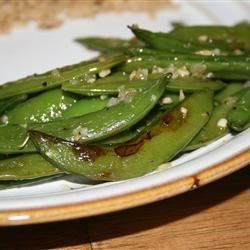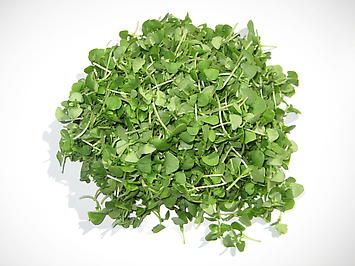Farm Update
 |
| The squash blossoms are on the plants, so we should start having summer squash for the CSA pretty soon! |
What to Expect in Your Share This Week
At the regular drop-offs:
- Choice of strawberries, carrots, or snap peas
- Choice of kohlrabi or herbs (might be garlic scapes, cilantro, basil, or chives)
- Choice of spring mix or large-leaf salad mix
- Choice of radishes or bok choy
- Choice of savoy cabbage or bunched onions
- Choice of broccoli or beets
- Choice of kale or chard
For home/workplace delivery:
A Share:
Carrots
Kohlrabi
Spring mix
Radishes
Savoy cabbage
Broccoli
Kale
B Share:
Snap peas
Herbs
Large-leaf salad mix
Bok choy
Onions
Beets
Chard
Carrots
Kohlrabi
Spring mix
Radishes
Savoy cabbage
Broccoli
Kale
B Share:
Snap peas
Herbs
Large-leaf salad mix
Bok choy
Onions
Beets
Chard
This Week in Pictures
 Here are some of our squash blossoms, bagged up and ready to go out to one of our Lansing-area restaurants on Thursday.
Here are some of our squash blossoms, bagged up and ready to go out to one of our Lansing-area restaurants on Thursday.
We've been seeing quite a few toads at the farm lately. Here, a toad finds shade under one of our kale plants.
 Jane and Jessamine came out to the field on Friday to survey the progress of all the veggies and ride on the tractor with Fred.
Jane and Jessamine came out to the field on Friday to survey the progress of all the veggies and ride on the tractor with Fred.
Saturday morning, Mary and Aram hand-transplanted a whole bunch of romaine and frisee into the field. That was one of the many random tasks that Fred and the crew took care of on Friday and Saturday after a busy week of harvesting, packing, irrigating, deliveries, and CSA drop-offs.
The savoy cabbage is looking gorgeous! We harvested the first of it on Thursday, and we'll be bringing it to the CSA drop-offs this next week.
The lettuce for our spring mix grows up in long rows, which makes for easier weeding and harvesting.
The blueberry plants have plenty of little green berries on them right now! In a few weeks, they will be blue, beautiful, and ready to eat!
Our edible nasturtiums grow in hanging pots in the coldframes. We've got a mix of red, yellow, and orange blooms that go mostly to restaurants, but we've occasionally brought them to the CSA in past years as well. Fred brings also often brings them home to put on our salads.
 Fred harvested and brought home the very first potatoes today, and was surprised to find how big they are already! It will be a few weeks before the majority of them are big enough to bring to the CSA, but it's encouraging to see that they are doing so well.
Fred harvested and brought home the very first potatoes today, and was surprised to find how big they are already! It will be a few weeks before the majority of them are big enough to bring to the CSA, but it's encouraging to see that they are doing so well.
Recipes
I know I've mentioned it before in a previous newsletter, but I always love when news sources run "This Week in Pictures" type articles. I think it's fun to see what has been going on in the world in the past week through images people have captured. So here is a small sampling of what has been going on at the farm this week through the pictures Fred has been taking. Enjoy!
 Here are some of our squash blossoms, bagged up and ready to go out to one of our Lansing-area restaurants on Thursday.
Here are some of our squash blossoms, bagged up and ready to go out to one of our Lansing-area restaurants on Thursday.We've been seeing quite a few toads at the farm lately. Here, a toad finds shade under one of our kale plants.
 Jane and Jessamine came out to the field on Friday to survey the progress of all the veggies and ride on the tractor with Fred.
Jane and Jessamine came out to the field on Friday to survey the progress of all the veggies and ride on the tractor with Fred.Saturday morning, Mary and Aram hand-transplanted a whole bunch of romaine and frisee into the field. That was one of the many random tasks that Fred and the crew took care of on Friday and Saturday after a busy week of harvesting, packing, irrigating, deliveries, and CSA drop-offs.
The savoy cabbage is looking gorgeous! We harvested the first of it on Thursday, and we'll be bringing it to the CSA drop-offs this next week.
The lettuce for our spring mix grows up in long rows, which makes for easier weeding and harvesting.
The blueberry plants have plenty of little green berries on them right now! In a few weeks, they will be blue, beautiful, and ready to eat!
Our edible nasturtiums grow in hanging pots in the coldframes. We've got a mix of red, yellow, and orange blooms that go mostly to restaurants, but we've occasionally brought them to the CSA in past years as well. Fred brings also often brings them home to put on our salads.

Recipes

























